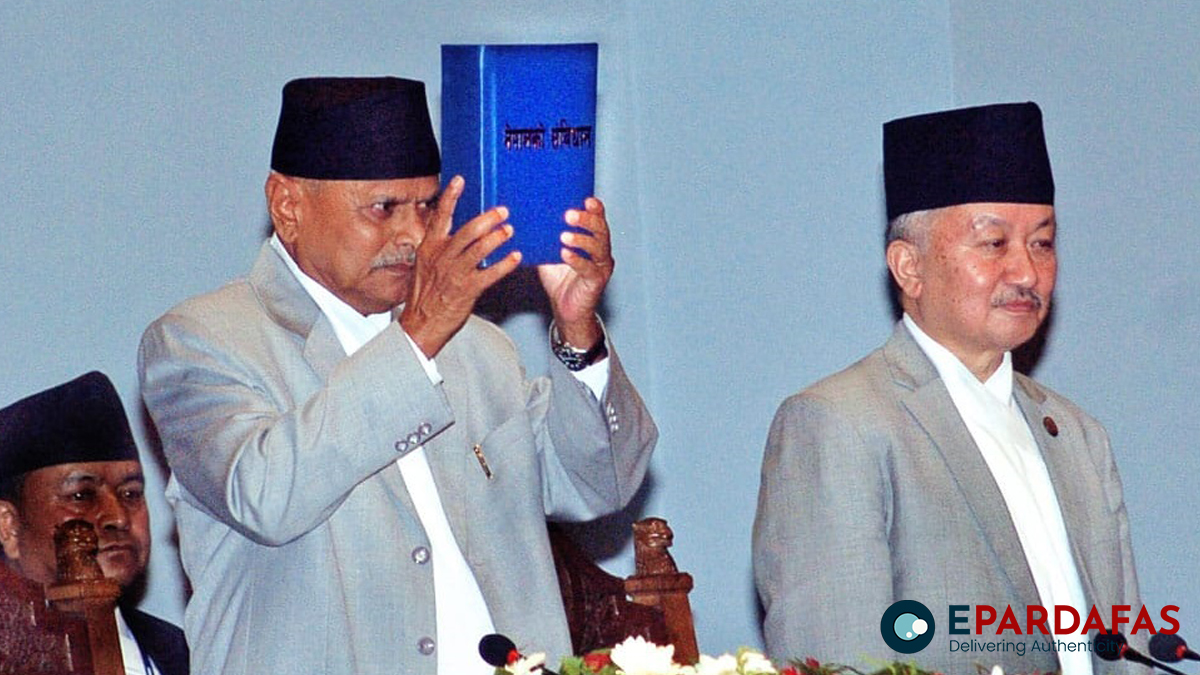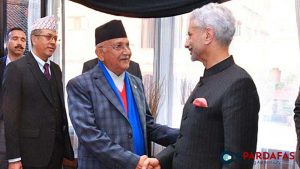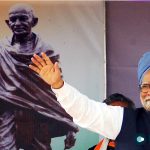
Analyzing Nepal’s Federal Governance: Progress, Challenges, and the Future

Nepal’s shift to federalism, marked by the promulgation of its Constitution on September 19, 2015, was widely celebrated as a progressive step toward decentralization and inclusive governance. The federal governance system, considered one of the best globally, was seen as a way to empower provinces and local governments, offering greater autonomy and better representation for Nepal’s diverse regions. However, nearly nine years into the implementation of this three-tier system—federal, provincial, and local governments—there are growing concerns about the effectiveness of federalism in the country.
Federalism in Nepal: An Uneven Journey
While federalism promises autonomy and decentralization, its success hinges on effective implementation. Despite notable achievements, such as increased development in education, health, and infrastructure at the provincial and local levels, there are persistent issues that need addressing. Chief Minister of Madhes Province, Satish Kumar Singh, recently underscored that Nepal’s federal governance system, though theoretically robust, faces significant challenges in its practical execution.
Singh pointed out that the central government has been slow to devolve powers to provincial governments, as outlined in the Constitution. This hesitation has hindered the provincial administrations from fully exercising their constitutional rights and hampered the overall progress of federalism. As a result, the promise of autonomy for provinces remains only partially fulfilled.
Cooperation Between Federal and Provincial Governments
One of the most critical challenges facing Nepal’s federal system is the lack of cooperation between the federal and provincial governments. Singh criticized the federal government for its reluctance to empower provinces with adequate budgetary resources and authority. For example, Madhes Province is yet to receive its budget for the current fiscal year, and five of its ministries are operating without secretaries, with only acting officials managing day-to-day affairs.
Singh’s concerns reflect a broader issue across provinces, where limited budgets and bureaucratic delays have stifled development. Federalism is built on the principle of shared power, but when central authorities fail to devolve financial and administrative control, the system becomes ineffective. Singh emphasized that if the federal government allowed provinces more freedom and authority, as envisaged in the Constitution, provincial governments would be able to operate with greater confidence and efficiency.
Achievements Amid Challenges
Despite these setbacks, the Madhes provincial government has made notable strides in development. Singh highlighted advancements in education and healthcare infrastructure, particularly in rural areas, where schools and health facilities have been significantly upgraded. The province’s efforts during the COVID-19 pandemic were also commendable, with local governments taking proactive steps to contain the virus, demonstrating the relevance of federalism in managing crises.
The provincial government has also established several key institutions, such as the Madhesh Academy, Madhes Agriculture University, and the Public Service Commission, which are expected to enhance governance and promote regional development. Additionally, 55 laws have been passed by the Madhes Provincial Assembly, covering a range of areas from economic procedures to road safety and public health.
Addressing Misconceptions about Federalism’s Cost
One of the criticisms often leveled against federalism in Nepal is that it has made governance more expensive. Singh dismissed this argument, stating that the narrative lacks scientific evidence and is driven by opposition to the federal system. He attributed Nepal’s economic struggles not to federalism but to external factors such as the COVID-19 pandemic and the Russia-Ukraine war.
The financial burden of running multiple levels of government can indeed be high, but Singh believes that the benefits of decentralization far outweigh the costs. He called for a more nuanced discussion on the economic implications of federalism, one that recognizes its potential to drive regional development and improve governance if implemented properly.
The Path Forward: Strengthening Federalism
For federalism to succeed in Nepal, both the federal and provincial governments need to work collaboratively. Singh stressed the need for the federal government to adopt a more liberal stance in delegating power and resources to the provinces. The failure to pass crucial legislation, such as the Federal Civil Service Act, has left provinces struggling to manage their workforce effectively. More than 60 percent of government employees remain concentrated in the capital, Singha Durbar, which has created a perception that provincial assignments are a form of punishment.
Singh also raised concerns about the overlap of responsibilities between federal and provincial governments. He questioned the necessity of maintaining 25 ministries in Singha Durbar while provincial governments are tasked with handling many of the same functions. To resolve this, he proposed reducing the number of federal ministries and ensuring that provinces are granted full control over their constitutionally guaranteed rights.
Unity for Federalism’s Future
The challenges faced by Nepal’s federal system are not insurmountable, but they require political will and collective effort to address. Singh warned that any attempts to weaken federalism would be met with resistance from provincial governments and called on all political parties and citizens to unite in defense of the system.
Federalism is still a work in progress for Nepal, but Singh’s reflections reveal that it has the potential to bring about meaningful change if properly implemented. While the system has its flaws, it has also facilitated significant advancements at the provincial and local levels. For federalism to reach its full potential, the central government must show greater commitment to devolving power and resources, empowering provinces to take charge of their development.
Conclusion
Nepal’s journey into federalism has been marked by both progress and challenges. While the system holds great promise, it is clear that its success depends on stronger cooperation between the federal and provincial governments. Provincial leaders like Satish Kumar Singh remain hopeful, but they also acknowledge that federalism’s future hinges on the federal government’s willingness to allow greater autonomy. In the years to come, addressing the gaps in governance and ensuring a fair distribution of power will be essential to realizing the full potential of Nepal’s federal system.












Comments